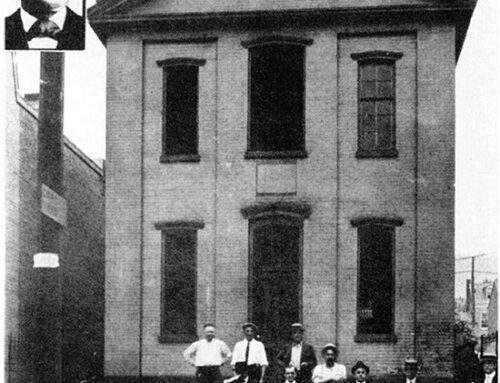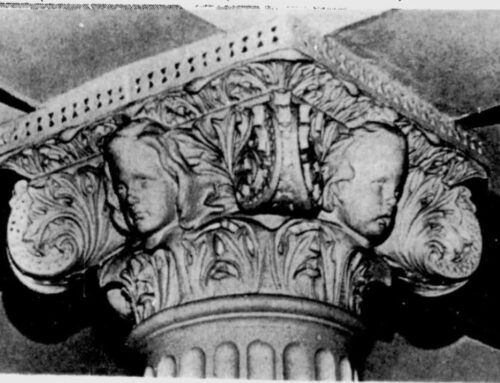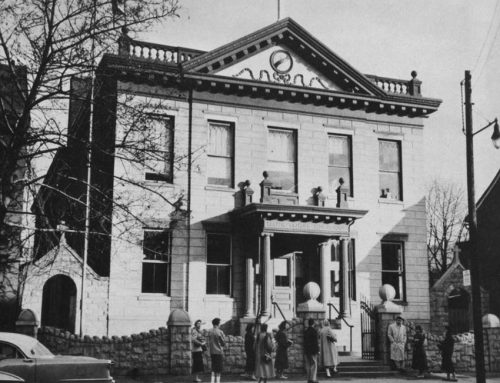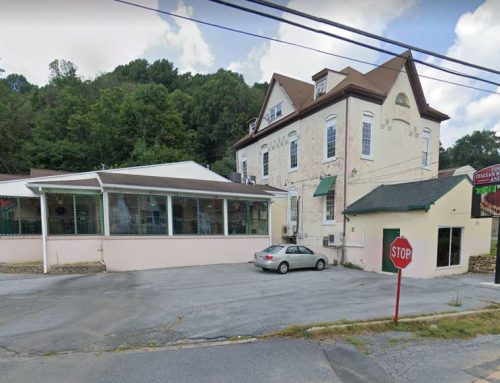In the late 1800s, migrants and immigrants from around the world were flocking to U.S. cities to find jobs in the nation’s booming industries. Many feared that workers, exhausted as they were from factory work and the stresses of urban life, would fall victim to the cheap commercial amusements of the day – carnivals, penny arcades, and amusement parks, entertainments that stimulated the body but did little to educate the mind or instill traditional American values. For wealthy reformers, the solution was to give workers more opportunities for wholesome play, particularly play that was steeped in the nation’s white Anglo-Saxon past.
Below: May Day at Charles S. Foos Elementary School in 1956.

Generations of students in public and private schools, many of whom came from immigrant families, were taught to gather flowers and dance around the maypole on the first of May. By the 1940s, May Day celebrations were generally confined to the elementary grades, or grades 1 to 8 in country schools. The pressures of intensifying curricula and societal changes led to elimination of May Day observances in most school districts by the late 1960s. Economic issues had sent increasing numbers of mothers into the work place, which meant less time at home to make appropriate theme driven costumes that sometimes took a good deal of time and skill. While the significance of May Day as a labor holiday dimmed in the United States, that celebratory energy has been more than replaced by the millions of workers who continue to make the first of May International Workers’ Day. In the case of American workers, the loss of May Day did not end the struggle for better treatment. Laborers continued to strike, march, and celebrate – just on different days of the year.






Leave A Comment